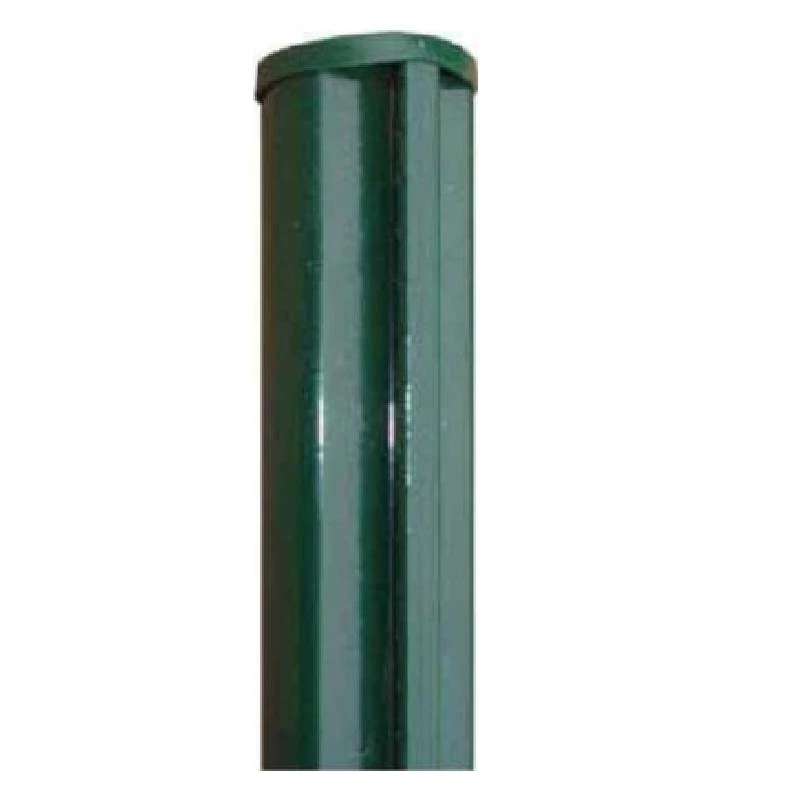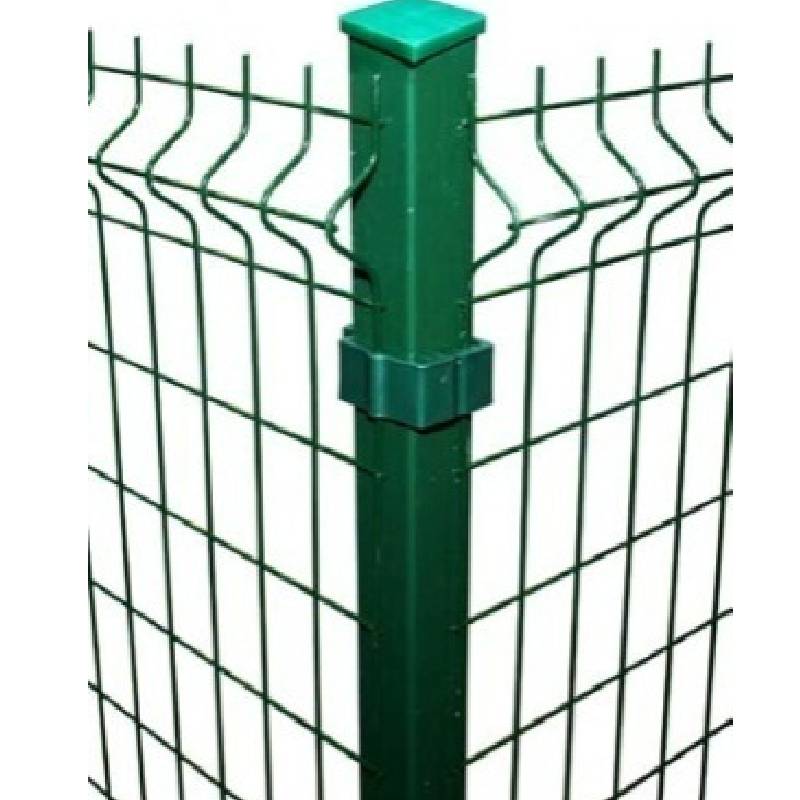-
E-poçta:zhao@hyliec.cn
-
Tel:+86 311 85273988
-
WhatsAPP:8613931128750
-
 Afrikaly
Afrikaly -
 Alban
Alban -
 Amhar
Amhar -
 Arapça
Arapça -
 Ermeni
Ermeni -
 Azerbaýjan
Azerbaýjan -
 Bask
Bask -
 Belarus
Belarus -
 Bengali
Bengali -
 Bosniýa
Bosniýa -
 Bolgar
Bolgar -
 Katalan
Katalan -
 Sebuano
Sebuano -
 Korsikan
Korsikan -
 Horwatiýa
Horwatiýa -
 Çeh
Çeh -
 Daniýaly
Daniýaly -
 Gollandiýaly
Gollandiýaly -
 Iňlis
Iňlis -
 Esperanto
Esperanto -
 Eston
Eston -
 Fin
Fin -
 Fransuz
Fransuz -
 Frizian
Frizian -
 Galisiýa
Galisiýa -
 Gürji
Gürji -
 Nemes
Nemes -
 Grek
Grek -
 Gujarati
Gujarati -
 Gaiti kreoly
Gaiti kreoly -
 hausa
hausa -
 hawaiian
hawaiian -
 Hebrewewreýçe
Hebrewewreýçe -
 .Ok
.Ok -
 Miao
Miao -
 Wenger
Wenger -
 Islandiýa
Islandiýa -
 igbo
igbo -
 Indoneziýaly
Indoneziýaly -
 irish
irish -
 Italýan
Italýan -
 Japaneseaponlar
Japaneseaponlar -
 Javaneseawan
Javaneseawan -
 Kannada
Kannada -
 Gazak
Gazak -
 Khmer
Khmer -
 Ruanda
Ruanda -
 Koreýçe
Koreýçe -
 Kürt
Kürt -
 Gyrgyzystan
Gyrgyzystan -
 Inçekesel
Inçekesel -
 Latyn
Latyn -
 Latwiýa
Latwiýa -
 Litwa
Litwa -
 Lýuksemburg
Lýuksemburg -
 Makedoniýa
Makedoniýa -
 Malgaşi
Malgaşi -
 Malaý
Malaý -
 Malaýalam
Malaýalam -
 Malta
Malta -
 Maori
Maori -
 Marathi
Marathi -
 Mongol
Mongol -
 Mýanma
Mýanma -
 Nepali
Nepali -
 Norweg
Norweg -
 Norweg
Norweg -
 Oksitan
Oksitan -
 Puştun
Puştun -
 Pars
Pars -
 Polýak
Polýak -
 Portugaliýa
Portugaliýa -
 Penjebi
Penjebi -
 Rumyn
Rumyn -
 Rus
Rus -
 Samoan
Samoan -
 Şotlandiýaly Gael
Şotlandiýaly Gael -
 Serb
Serb -
 Iňlis
Iňlis -
 Şona
Şona -
 Sindhi
Sindhi -
 Sinhala
Sinhala -
 Slowakiýa
Slowakiýa -
 Sloweniýa
Sloweniýa -
 Somali
Somali -
 Ispan
Ispan -
 Sundanese
Sundanese -
 Suwaýili
Suwaýili -
 Şwesiýa
Şwesiýa -
 Tagalog
Tagalog -
 Täjik
Täjik -
 Tamil
Tamil -
 Tatar
Tatar -
 Telugu
Telugu -
 Taý
Taý -
 Türk
Türk -
 Türkmenler
Türkmenler -
 Ukrain
Ukrain -
 Urdu
Urdu -
 Uýgur
Uýgur -
 Özbek
Özbek -
 Wýetnamly
Wýetnamly -
 Uels
Uels -
 Kömek ediň
Kömek ediň -
 Yiddishahudy
Yiddishahudy -
 Yorubaoruba
Yorubaoruba -
 Zulu
Zulu
Galyňlaşdyrma posty
What Type Of Fence Post Is Best?
The best type of fence post depends on various factors such as the type of fence, local climate, soil conditions, and personal preferences. Common options for fence posts include:
1. Round steel posts: Round steel posts are a traditional and versatile choice, suitable for various fence types. They can be treated to resist rot and decay, but may require maintenance over time.
2. Square steel posts and rabbet posts offer durability and strength, making them suitable for supporting heavy or high-security fences. They are resistant to rot and insect damage.
3. Steel round posts/ square posts/ rabbet with base plate: They are suitable to install on the concrete ground, and fixed by concrete nails.
What Size Is A Fence Post?
Fence posts come in various sizes, typically having Φ32 Φ34 Φ38 Φ48 Φ60 Φ80 for round steel posts and 40x40 60x60 40x60 60x60 80x80 100x100 etc for square tube posts in dimension. The specific size of a fence post depends on the type of fence being installed, the height and weight of the fence panels, and the local building codes or regulations. It's important to select the appropriate size of fence post to ensure stability and structural integrity for the specific fencing project. Consulting with a professional or referring to local building codes can provide guidance on the recommended size of fence posts for a particular application.
Fence Post FAQ:
What type of fence post is best?
The best type of fence post depends on various factors such as the type of fence, local climate, soil conditions, and personal preferences. Common options for fence posts include round steel posts, square steel posts and rabbet steel posts, posts with base plate or without base plate. Each type has its own advantages and considerations, so it's important to choose the most suitable option based on the specific requirements of the fence project.
What size is a fence post?
Fence posts come in various sizes, typically typically having Φ32 Φ34 Φ38 Φ48 Φ60 Φ80 for round steel posts and 40x40 60x60 40x60 60x60 80x80 100x100 etc for square tube posts in dimension. The specific size of a fence post depends on the type of fence being installed, the height and weight of the fence panels, and local building codes or regulations. It's important to select the appropriate size of fence post to ensure stability and structural integrity for the specific fencing project.
How to install a panel fence?
Paneling a fence involves several steps, including measuring and planning, installing the posts, attaching the panels, adding finishing touches, and performing regular maintenance. It's important to follow the manufacturer's instructions and local building codes when paneling a fence to ensure proper installation and compliance with regulations. If in doubt, it's advisable to consult with a professional or seek guidance from experienced individuals.






